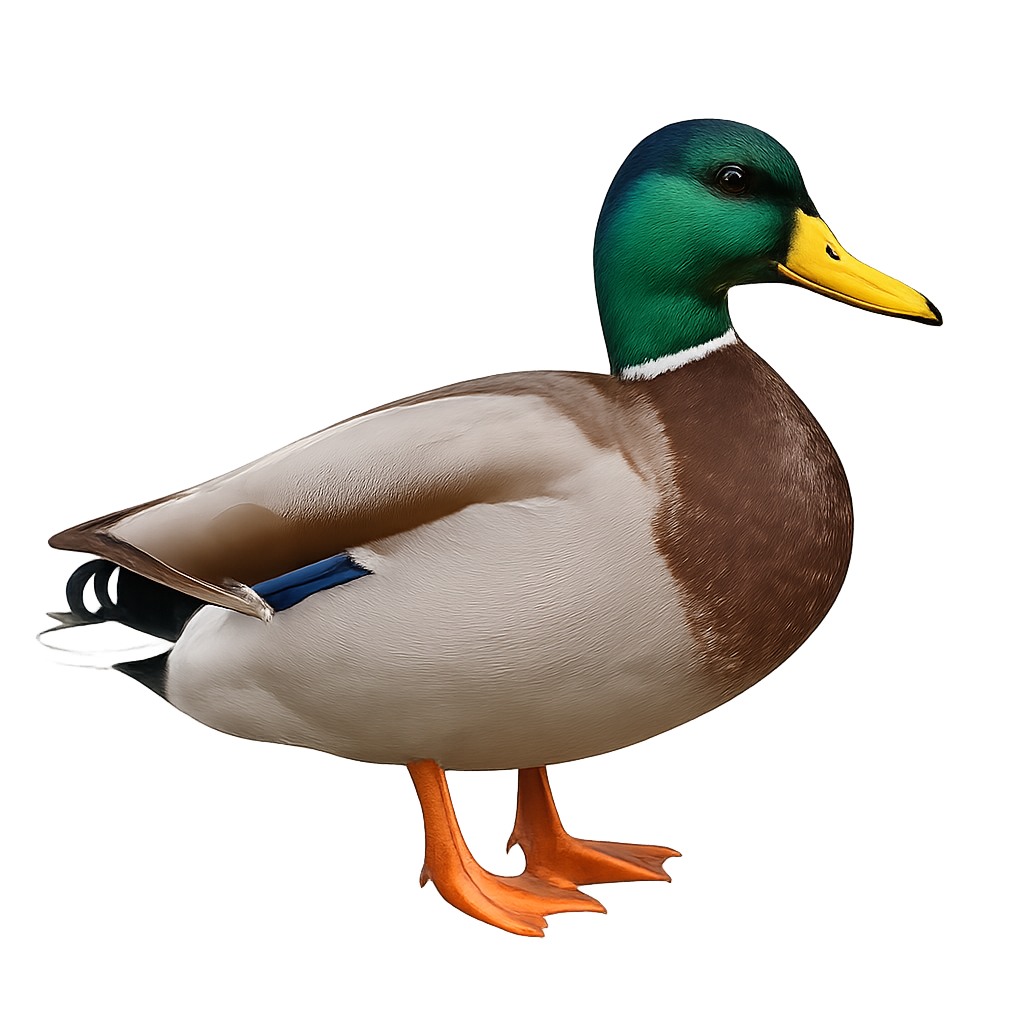Your wildlife photography guide.
Explore the mallard in detail, study its behavior, prepare your shots.
Where to observe and photograph the mallard in the wild
Learn where and when to spot the mallard in the wild, how to identify the species based on distinctive features, and what natural environments it inhabits. The WildlifePhotographer app offers tailored photography tips that reflect the mallard’s behavior, helping you capture better wildlife images. Explore the full species profile for key information including description, habitat, active periods, and approach techniques.
Mallard
Scientific name: Anas platyrhynchos

IUCN Status: Least Concern
Family: ANATIDAE
Group: Birds
Sensitivity to human approach: Suspicious
Minimum approach distance: 30 m
Courtship display: March to May
Incubation: 26-28 jours
Hatchings: April to June
Habitat:
Freshwater wetland: ponds, lakes, slow rivers, marshes
Activity period :
Primarily active during the day, with peak activity in the morning and late afternoon.
Identification and description:
Anas platyrhynchos is a medium-sized duck species, measuring between 50 and 65 cm in length, with a wingspan of 81 to 98 cm. The male is distinguished by its iridescent green head, white neck, and brown-roux body, while the female is brown-speckled, aiding in camouflage. They primarily inhabit freshwater wetlands such as ponds, lakes, slow rivers, and marshes. They feed on a wide variety of plant and animal matter, including seeds, roots, insects, and small fish. Reproduction occurs in spring, with the female building a ground nest near water, where she typically lays 8 to 13 eggs. Incubation lasts about 27 to 28 days, and ducklings are capable of swimming and feeding themselves shortly after hatching. A very widespread species, it is classified as Least Concern by the IUCN.
Recommended lens:
200 mm – adjust based on distance, desired framing (portrait or habitat), and approach conditions.
Photography tips:
Use a telephoto lens to photograph the Mallard, especially during its movements in water or along the shores. Favor soft morning or evening light to capture the details of its coloration. Be patient and discreet to observe its natural behaviors.
The WildlifePhotographer App is coming soon!
Be the first to explore the best nature spots, track rutting seasons, log your observations, and observe more wildlife.
Already 1 429 wildlife lovers subscribed worldwide

